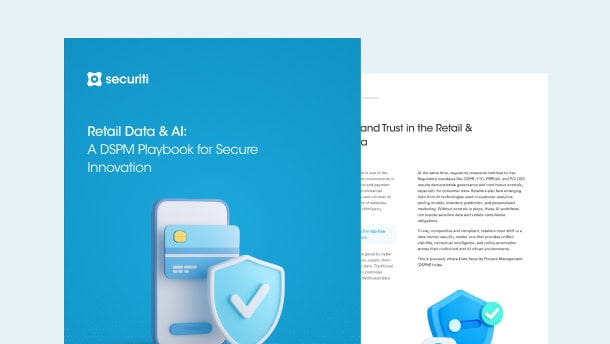Adequacy decision is a legal term used in various data protection regulations indicating an official determination by a supervisory or regulatory body that a third country or international organization offers an ‘adequate level’ of data protection for international data transfers.
Why Adequacy Decisions are Important for Data Privacy?
In the interconnected world of the internet, data flows seamlessly from devices to devices, applications, servers, and borders. It is critical to maintain robust data protection measures to ensure the protection of users' personal data against unauthorized access or exposure. Here, adequacy decisions come into play. Adequate decisions are essential for data privacy and protection for several reasons.
Primarily, adequacy decision plays a vital role in international or cross-border data transfers. Routinely, businesses send and receive data across borders. Businesses or individuals send this data to social media, regional storage locations, or third-party services. Adequacy decisions make sure these transfers take place in a regulated fashion.
Data protection regulations aren’t just about safeguarding data. It puts equal emphasis on providing users with data privacy rights and ensuring their rights are protected. These rights include the right to access data, revoke consent, request modification, or request deletion. Adequacy decisions ensure individuals retain their rights even when the data is transmitted to another country or region.
Regional regulatory authorities make the adequacy decisions. Adequacy decision is associated with cross-border data transfers with businesses in the European Union. The EU has the most comprehensive and stringent data protection law, i.e., the General Data Protection Regulation (GDPR). Adequacy decisions ensure that the region where the data is being transferred has the same level of data protection measures as the GDPR.
Adequacy decisions also play an important role in streamlining business operations, especially regarding data sharing. Businesses tend to share data with their cross-border departments or third-party services for many reasons, such as research and development, product enhancements, etc. Adequacy decisions help businesses continue their cross-border data transfer activities with legal certainty, allowing them to conduct their operations without undue delays.
Critical Elements of an Adequacy Decision
As mentioned earlier, adequacy decision is critical to streamlining governance around data transfers across borders, especially sensitive data. That said, there are some essential components that can help formulate an adequacy decision.
- The primary component of an adequacy decision is the compatibility with the data protection regulations of the jurisdiction of the recipient country. In other words, the recipient country's data privacy or protection laws must provide the same level of regulations.
- Another important element of an adequacy decision is the presence of a regulatory authority in the recipient country. Regulatory authorities have the sole responsibility and authority to implement and enforce the data protection regulations, ensuring that individuals' privacy rights are upheld.
- Data privacy rights are also critical to formulating adequacy decisions. Privacy rights, such as rights to access data, transparency, deletion, and opt-out of sale or share, are appropriately protected even when the data moves to a foreign jurisdiction.
- Adequacy decisions further enable transparency, which certain data processing activities require. This includes the mechanisms used for consent, data processing disclosures, privacy policies, and the purpose of processing. These details show individuals how the recipient jurisdiction handles and protects their data.
- Formulating and implementing data transfer mechanisms is also critical to streamlining adequacy decisions. An adequacy decision must specify the type of mechanisms parties must use for international data transfers. These mechanisms may include binding instruments, binding corporate rules, contractual clauses, etc.
- Adequacy decisions are not fixed or constant. It is important that they be monitored and reviewed annually to make sure an adequate level of data protection is practiced around the year.
Challenges and Considerations Regarding Adequacy Decisions
There are a number of challenges and best practices organizations must consider when it comes to adequacy decisions. For starters, the legal landscape is constantly changing and evolving. It is getting stricter with the passage of time due to the changing technology, privacy affairs, and cyber security concerns.
Hence, what is supposed to be adequate today may not be considered the same tomorrow. Adequacy decisions must carefully and continuously be monitored and reviewed to ensure it is up to date with current and relevant data protection practices.
Reviewing and ensuring that the recipient country’s data protection measures are compatible with the country’s data protection standards where the data originates can often be challenging and complex. After all, these decisions require a thorough evaluation of recipient jurisdictions' data privacy and protection frameworks.
It is also important to note that data breaches are a common phenomenon. Protective measures must be implemented, but they often fail for various reasons. Hence, adequacy decisions must also account for the data breach management practices of the recipient country. These practices may include breach impact analysis, mitigation, breach transparency, and the notification process.
It is important for organizations to ensure that data minimization and purpose limitation concerns are well dealt with when it comes to data processing and retention in recipient countries. Organizations must ensure that data is processed for legitimate purposes and it can no longer be kept, stored, or retained than the purpose for which it was collected.





































